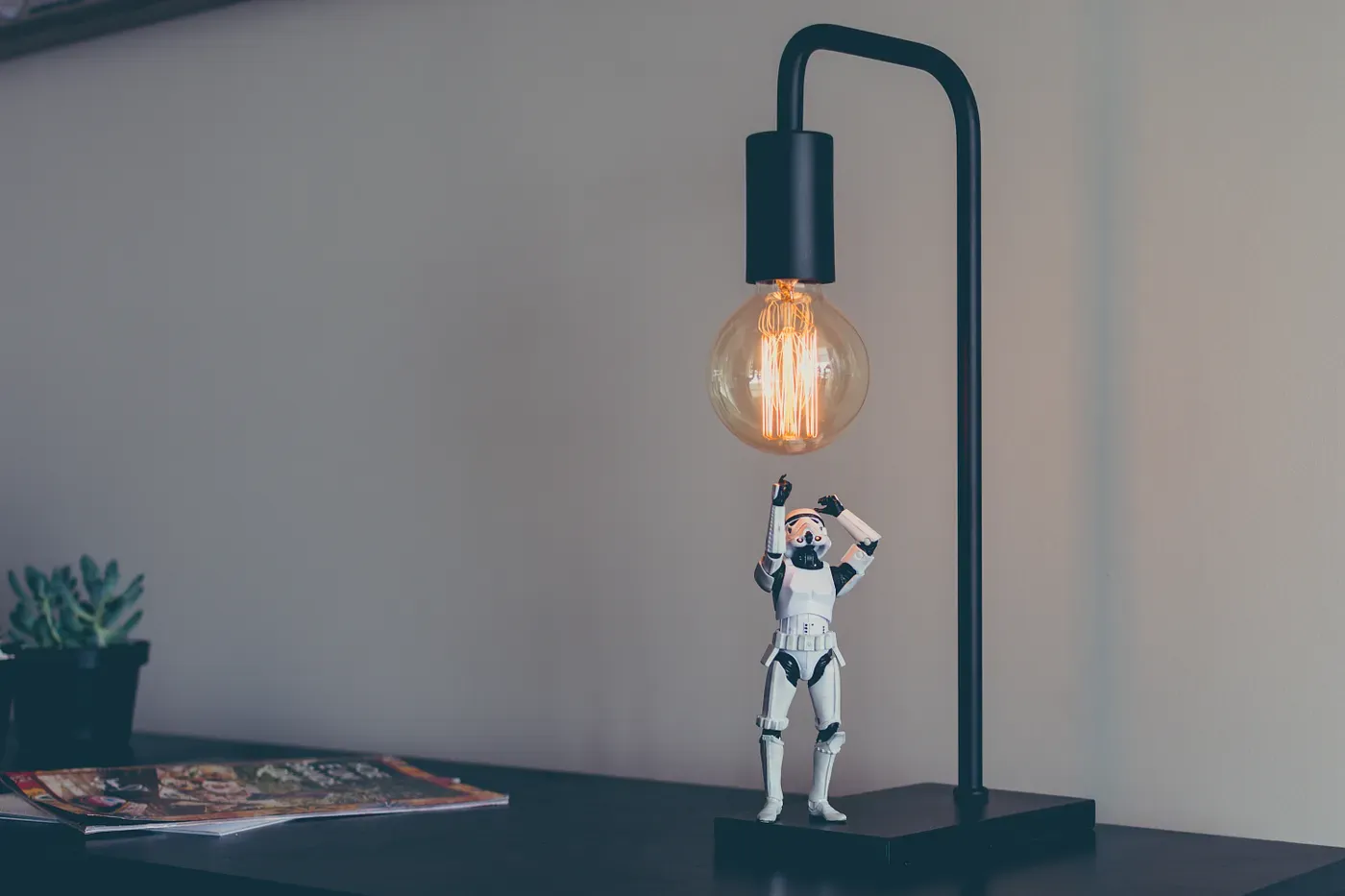Designer by designation or choice?

Designer by designation or choice?
One of the lesser known things that the graphic design field is known for, is the sheer amounts of resource material it has to offer. As is the case with any discipline really, there’s a lot to read, learn from and write about, to grow as individuals and professionals. On the quest to the holy grail that is mastering white-space, vector illustrations and typographic perfection, I often stumble across some wonderful pieces of writing that make me reconsider the way I’ve been looking at things. This week, this well written piece ‘You don’t need a designer. What you need is a design culture.’ by Yazin Akkawi, has sparked off quite an interesting thought process, the highlights of which are listed below.

- Design: All the things it is, and isn’t
A lot of people often describe design in ways and terms that imply that design starts and ends as being an item of decoration. Which is not entirely true because yes, design is capable of being decorative, but that’s not all that it is or does. Design is driven by a simple set of questions, which, when answered correctly can solve for problems in ways which make a good design stand apart from a bad design. The most important of those being the what of it, why of it, the who is it for, followed by the how and where of it all. As designers, contextual cues that we get from answering these questions go a long way in making the design work, not just for us but also for the consumers. #werkit - Customer centric-ism, and other contextual cues — the difference between a great and bad design.
It doesn’t take much to make a great design, other than a keen understanding into what exactly the consumers want, and then providing, emotionally, environmentally and socially relevant contextual cues through the design. Okay, so it takes some amount effort to get things done and in place, but if these aren’t already at the core of product development, then even the best attempt at designing something of value and function, will fail harder than Rebecca Black’s lyric choices for ‘Friday’. - Who is a designer and what do they even do?
More often than not, designers (the ones who work with softwares like Photoshop, Illustrator, Sketch, and occasionally Animate among other softwares) are often expected to empathise with the consumer and look at things from their point of view in order to devise lead generating marketing strategies, or communication pieces, but without having all the necessary data like consumer analytics data, business goals and important stuff like that. No seriously, saying things like — we do xyz and want a modern and trendy design provides negative value in terms of how useful it will be for the users. Sure, smoother transitions help, but not when the essential user story is not being met with or addressed even in the slightest. #focus
So do us all, and your business a favour, everyone on the team, think about how to make the user journey the absolute best, by keeping the user at the front of all product decisions, empathising with their challenges, and devising ways to solve those challenges, and maintaining consistency at all interaction points — which is essentially everything that you’d expect a designer to consider before designing anything, so that way everyone’s a designer now! Woohoo! #partaaayyy - The payoff of a good design is bigger than the effort to craft it.
Yes, designers are expensive, good designs are not easy to come by, but the payoff that comes from having satisfied customers happy with a design that’s so good you don’t even know it’s there, is so much bigger than the initial effort it takes to get it to that point. In all honesty, the best designs are often invisible, because they function so efficiently, the form doesn’t even seem to call for attention. So it’s okay if you’re too small an organization to host an in-house team, or prefer free-lancers for the job, as long as you’re giving them what they need, they’ll have no problems in delivering what your business needs.
#truestory
That’s all for now, more next time. Bye!

